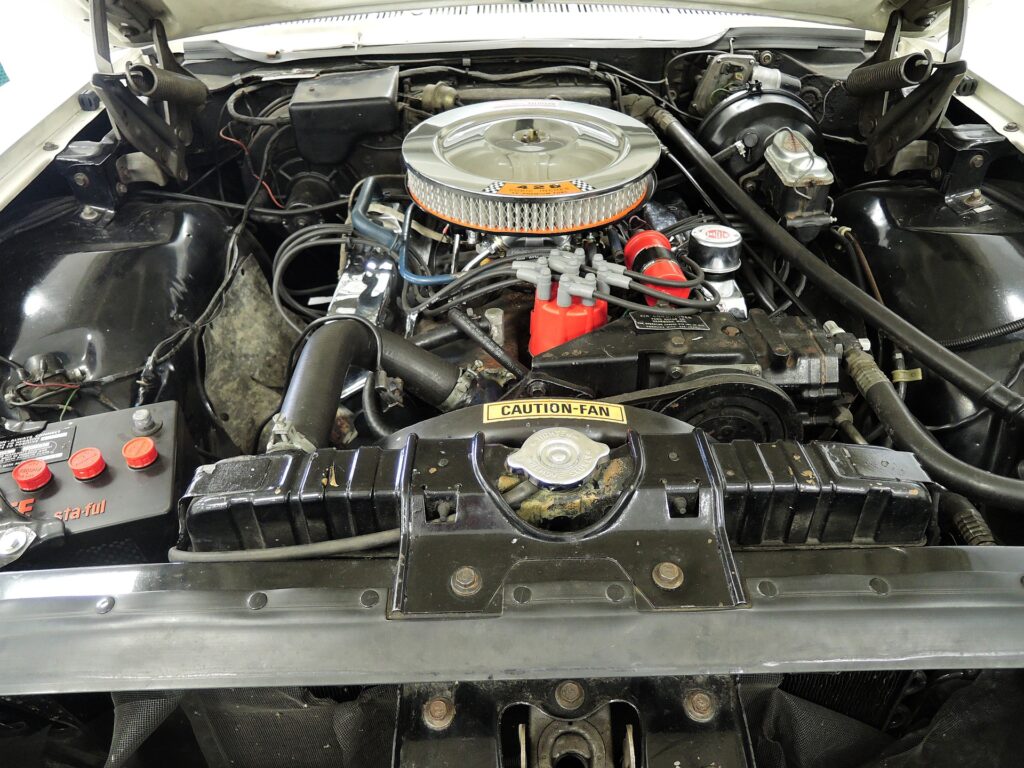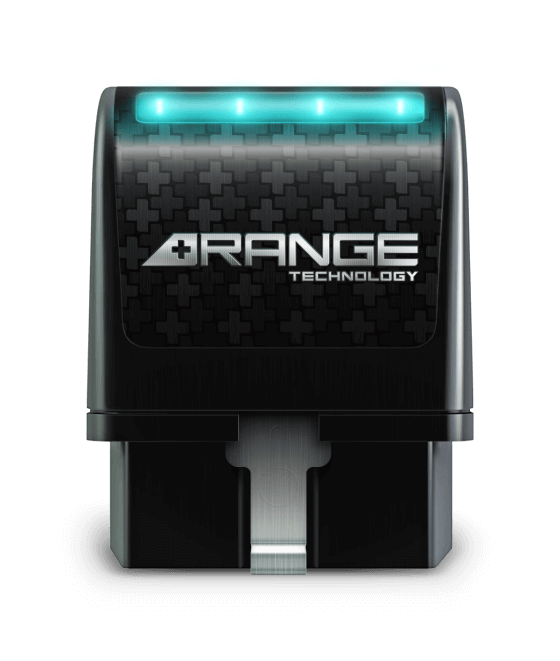Due to insufficient knowledge and experience, we may not grasp the AFM or the Active fuel management principle. In the following, we are going to discuss this AFM technology. In addition, we will also learn how to tackle the downside of the AFM activation.
What is Active Fuel Management or AFM

Active Fuel Management is a trademarked term for General Motors’ variable displacement technology. AFM was a technology created by GM engineers in 2005 to increase the fuel economy of sure of their V6 and V8 engine applications.
AFM reduces fuel consumption by turning down half of your engine’s cylinders and operating at a lower power level while running at a low load or in cruise mode. Based on EPA testing, they estimates the fuel efficiency increases by 5.5–7.5 per cent.
GM’s current Active Fuel Management technology employs a solenoid to disable the lifters on chosen cylinders in a pushrod V-layout engine.
Dynamic Fuel Management (DFM), a more innovative variant of AFM, GM also developed it in 2019. With DFM, the engine may operate in up to 17 distinct patterns based on load and other inputs before activating the system; AFM would cut off the same cylinders every time.
DFM allows the engine to cut off two, four, or any of the eight cylinders it deems required to satisfy the present circumstances and demand.
Corvette, Camaro, Tahoe, Suburban, Silverado, Sierra, Yukon, Equinox, Traverse, Escalade, and more popular automobiles with AFM/DFM.
Advantages
Higher fuel efficiency without engine downsizing is the key advantage of Cylinder Deactivation/AFM. The technique may boost fuel efficiency by up to 12% without losing performance.
Disadvantages
- Excessive oil consumption is the principal disadvantage of Active Fuel Management. Vehicles equipped with AFM use too much oil.
- You may experience engine and gearbox shudders due to the activation and deactivation. While the engine is running, you will notice a steady vibration.
- The valve train’s fuel causes premature wear.
- The car produces an exhaust drone due to the excessive oil burning. Some aftermarket exhaust systems are obnoxious, making a monotone sound and causing vibration. It’s commonly created when the engine and exhaust frequencies are aligned at a specific RPM (typically 2,000-3,500 RPM).
- The engine pauses before accelerating.
- Complete engine failure may occur in certain severe instances.
How Does AFM Affect Performance?
With so many internal functioning mechanisms that must turn on and off thousands of times, it’s only inevitable that these microscopic bits may wear down over time and cause difficulties down the line. It’s not uncommon for an AFM-equipped engine to begin using excessive oil as early as 70-80,000 miles.
There have been reports of up to 2-quarts of oil being used at a standard 3000-mile oil change interval. Operating in low power settings usually impacts engine efficiency, longevity, maintenance costs, and other underlying concerns, including hesitation on acceleration, engine shudder, and a bothersome exhaust drone in the cab.
AFM Working Principle
The vehicle’s system will send a signal to the engine Lifter Oil Manifold Assembly under low-load circumstances, causing solenoids to open, enabling oil to flow via special lifters placed inside the ADM towers of the engine block.
The oil then crushes the plunger within the lifter, preventing the lifter from engaging the pushrod, and the valves for that cylinder stay closed. With the valves closed, no air can enter or leave that cylinder. Therefore it has no power.
When the engine load rises, the computer sends a signal to the lifter oil manifold assembly, which closes the solenoids, allowing oil to drain off the lifters, return to normal functioning, and the cylinders to contribute once again.
How to Delete or Disable AFM
Many Vortec owners have experienced early catastrophic engine failure due to excessive oil consumption induced by active fuel management mixed with malfunctioning oil monitoring devices. Furthermore, it typically results in lifter failure, a costly repair.
You may uninstall or deactivate an AFM to avoid any engine troubles caused by it. On Vortec engines, there are two solutions for resolving AFM difficulties. The first option is to deactivate the AFM system, and the second is to erase it.
The AFM system, as previously mentioned, has numerous unique components, including the valley or cover and lifters. It also boasts a special camshaft, a high-volume oil pump, and a particular oil pressure release valve.
You should replace these unique components with non-AFM parts to remove the AFM system. As you may expect, this takes a significant amount of labor and is also far more costly.
Disabling AFM modifies the engine ECU such that AFM is never used. It effectively stops the valley cover solenoids from ever opening, ensuring that your Vortec engine remains in V8 mode at all times.
Install an AFM Delete Kit
When an AFM lifter fails or you need upgrade it. In this case, the specialist recommends AFM Delete Kit. It uses conventional parts to replace the AFM components.
Because the kit machines the cam lobes differently in the four AFM cylinders, you must switch to a non-AFM camshaft when installing an AFM deletion kit. It will reduce the engine’s compression in those four cylinders by 25 pounds, resulting in a misfire code.
You’ll also need to use a computer programmer or custom tuning to switch off the AFM mechanism. Although it requires a little more effort, it is advised that the pressure release valve in the oil pan be plugged. It’s also a good idea to upgrade to a standard-volume oil pump.
How to delete your Active Fuel Management
AFM/DOD delete gaskets, oil pick-up tube O-ring, ARP Headshots, ARP Harmonic Balancer, 16 LS7 Lifters, four lifter guides, 4.8L Lifter Valley Cover, 1/8″ NPT Allen Plugs, 8 O’rings, LS2 Timing chain dampener, and a non-AFM cam are all required components. We can go on to the next phase if we collect these components.
Procedure
First, Remove the intake after disconnecting the negative battery connector.
Drain your oil after the engine has cooled. Drain and remove the radiator after that. Using the Schrader tool to relieve the fuel pressure you should do it with caution at this time.
The third step is to remove the serpentine belt, alternator, and mounting bracket. After that, leave the power steering wires connected and stow the mount somewhere out of the way.
Fourth, disconnect the water pump and the air conditioner compressor. Remove the intake manifold, exhaust manifolds, heads, and starter by disconnecting all electrical contacts.
Remove the lifters, lifter guides, and Harmonic Balancer Bolt after disassembling your engine. After that, remove the Harmonic Balancer and the timing chain cover using the three claw puller.
Sixth, install the Kent Moore flywheel tool and align the timing markers on your crank and cam sprocket to be at the top dead centre. Now remove the timing chain tensioner, oil pump, cam bolt, gear, and timing chain.
Install the LS2 chain dampener and remove the Cam retention plate on the seventh step. Pull the cam out using the cam bolt that came with your replacement non-AFM cam at this stage.
Eighth, remove your lifter valley cover, insert the eight O-rings on the oil ports, and replace it.
Finally, grease and install your new cam, as well as your new lifters and lifter trays, before putting everything back together.
Install an AFM Disabler
An Active fuel management Disabler is a device that plugs into the OBD-II port beneath the dashboard to disable the AFM. The computer cannot convert to four-cylinder mode as a result of this.
It’s a quick and easy solution to disable the AFM system, with the added benefit of the improved exhaust sound. Only employ a disabler device if the valvetrain is in excellent operating condition.
A high-volume oil pump is used in Active fuel management engines. It doesn’t require the additional oil when the AFM system is removed. Excess oil will be pumped into the oil pan via the pressure relief valve. It will spray oil on the cylinder walls’ bottoms, leading to oil burning, particularly in high-rpm engines.

How to install an AFM disabler
When installing an AFM disabler, we must be cautious. The appropriate steps thongs become very simple if you know what you’re doing. It’s more of a plug-and-play affair. Check them out below to see if you can do it all yourself instead of running to your mechanic.
STEP 1: INSTALLATION
It’s important to remember that while installing a Range AFM disabler, you should never leave your engine running throughout the process. So, if your engine is running, switch it off first. Then look beneath the dashboard for an OBD-II port below the steering wheel. You should plug it in with the Range device.
STEP 2: INSPECT THE BLUE LIGHT
Check if any blue lights are switched on once you connect the device in. It’s a signal that the gadget is connected. If you don’t see the light, make sure the OBD-II fuse is working correctly.
STEP 3: MAINTAINING OPERABILITY
Now it’s time to start the car. Go for a run, and the gadget will activate anytime you are driving.
Battery Problem after Using An AFM Disabler
While the AFM disabler will keep your engine in good health, it may create an issue with your battery. The combined load of all the cylinders in operation is often too great for a vehicle battery to handle. The damage isn’t severe enough that the maintenance costs won’t be too high, but it’s still worth considering.
Finally, when installing an AFM disabler in your automobile, you must make sure that it is used frequently. If your automobile has been sitting dormant for more than a week, you may need to remove the disabler.
When your automobile is not in use, and you have an AFM disabler installed, the module absorbs all of the energy from your battery. You may complete this procedure overnight. However, if you leave the AFM disabler in, your vehicle will not function properly after the resting time.



